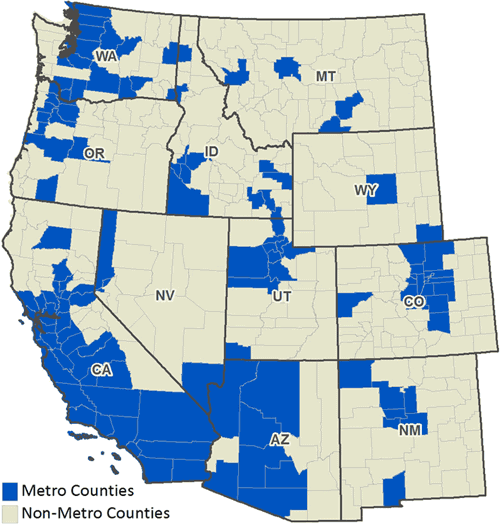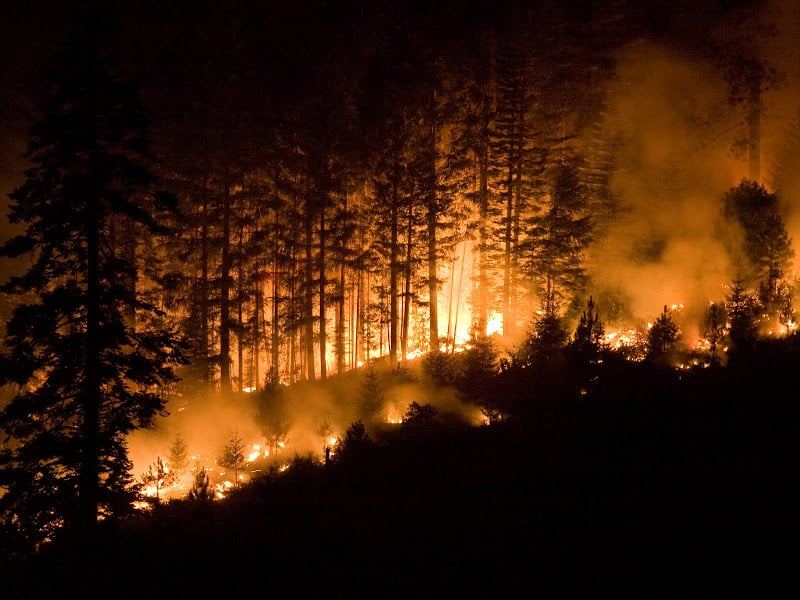
Thanks to Steve Wilent for sending this study and raising some questions.
Now, for my own part, some of my best friends are economists and I am a fan of economics. Still, statistics can be used to tell many stories, and I have learned to read carefully any studies. What I like about economic work, compared to some biologists, is that economists tend to be more upfront about their assumptions. But we have to be careful, because like all research projects, they can be used to argue for policies that may be less desirable if openly discussed and debated.
My own first recollection of this was studies that showed it didn’t matter if the economy of, say, Forks, Washington, went in the dumper because the state as a whole would do fine, thanks to the entrepreneurs and other industries in Seattle. That’s kind of like saying, the family is healthy if some members are not sick but others are. The values, and spatial scale of analysis, often need to be openly discussed and questioned. So I intend to do that here.
Here is a link to the report:
Click to access West_Is_Best_Full_Report.pdf
One must be wary when one reads executive summaries, as we have shown here before. Here is a snippet of this report’s executive summary:
This report finds that the West’s popular national parks, monuments, wilderness areas and other public lands offer its growing high-tech and services industries a competitive advantage, which is a major reason why the western economy has outperformed the rest of the U.S. economy in key measures of growth—employment, population, and personal income—during the last four decades. In addition, as the West’s economy shifts toward a knowledge-based economy, new research shows that protected federal public lands support faster rates of job growth and are correlated with higher levels of per capita income.
General findings:
• Higher-wage services industries, such as high-tech and health care, are leading the West’s job growth and diversifying the economy.
• Entrepreneurs and talented workers are choosing to work where they can enjoy outdoor recreation and natural landscapes.
• Increasingly, chambers of commerce and economic development associations in every western state are using the region’s national parks, monuments, wilderness areas and other public lands as a tool to lure companies to relocate.
• High-wage services industries also are using the West’s national parks, monuments, wilderness areas and other public lands as a tool to recruit and retain innovative, high-performing talent.
Specific points:
• From 1970 to 2010, the West’s employment grew by 152 percent compared to 78 percent for the rest of the country.
• This western job growth was almost entirely in services industries such as health care, real estate, high-tech, and finance and insurance, which created 19.3 million net new jobs, many of them high-paying.
• Western non-metropolitan counties with more than 30 percent of the county’s land base in federal protected status such as national parks, monuments, wilderness, and other similar designations increased jobs by 345 percent over the last 40 years. By comparison, similar counties with no protected federal public lands increased employment by 83 percent.
• In 2010, per capita income in western non-metropolitan counties with 100,000 acres of protected public lands is on average $4,360 higher than per capita income in similar counties with no protected public lands.
So here are a couple of my points, if I were reviewing this document.
1. Is “the West” a meaningful entity from this standpoint? The map that they used is above. Wow. I don’t know how this can be meaningful. For example, in Colorado and Wyoming, at least, energy work has a great many jobs. How does this work if added with states like Oregon and Washington. Similarly, there may be jobs associated with timber in Oregon and Washington, but added to Arizona, New Mexico and Colorado, they would be a smaller percentage. My experience with Colorado Roadless taught me that states are meaningful and very different entities. If I were going to do this study, I would break down the results by state, and by rural and metro areas within the state (maybe they did but that’s not highlighted in the executive summary).
A job in Denver is not the same thing to the state or to the “West”, as a job in Monte Vista or Delta, Colorado. Which goes back to my point about the spatial scale chosen.
2. The authors argue in their paper that it’s not just “public lands” but “protected public lands,” that correlate with happy businesses willing to move to the state. (Maybe it would be better for the environment if people in rural areas had jobs, and fewer people moved to western metro areas causing pressure on public lands recreation and water 😉 ? Maybe it would be better for them to repopulate rust belt cities?).
So what, you might ask, are “protected public lands” to the authors of the report? Well, they refer to a letter signed by many economists (it sounds like Headwaters had a prominent role in the dissemination of this letter):
In 2011, more than 100 U.S. economists and related academics—including three Nobel Laureates—signed a letter urging the President to “create jobs and support businesses by investing in our public lands infrastructure and establishing new protected areas such as parks, wilderness, and monuments.” The letter states that federal protected public lands are essential to the West’s economic future, attracting innovative companies and workers, and contributing a vital component of the region’s competitive advantage.
—Economist Letter on Value of Public Lands
and
We urge you to create jobs and support businesses by investing in our public lands nfrastructure and establishing new protected areas such as parks, wilderness, and monuments.
Here’s a link to information about the letter.
Yet, I would bet that there is a high correlation between the existence of “parks, wilderness and monuments” and general public lands. To be able to prove that it was the “protected” ones and not the other (say roadless, WSAs, ski areas) etc., somehow you would have to do another analysis step. I would have thought perhaps that the National Parks lobbying organization had funded this report based on the fuzziness of the connection to the “protected causes good economies” conclusion, but I was assured by Mr. Rasker that it was funded by Headwaters itself, and he kindly sent me the link to where there funding comes from here.
If the paper is arguing that “protecting” contributes more to the economy than hunting, fishing, oil and gas, coal, skiing and OHV ing, then that would be useful, but you should approach it by county, in my view, not across “the West” .
Anyway, those are some of my thoughts on the study. What are yours?





